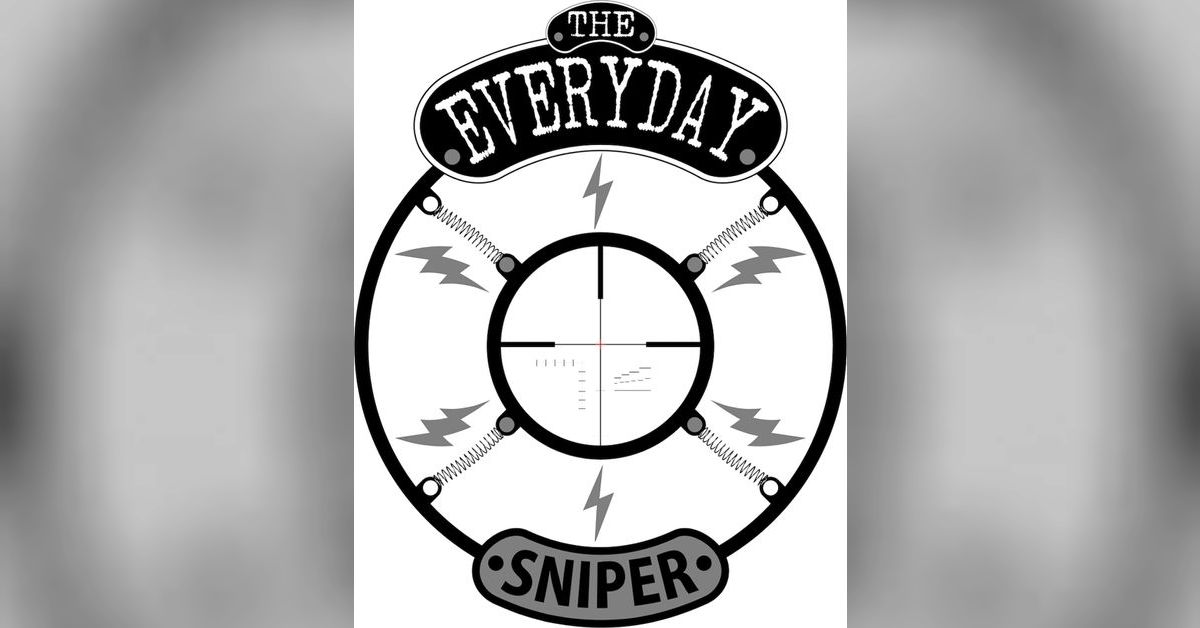It is, he does a good job
I think we have a 2 part question here,
1. The "Eval" and diagnosing the student initially, or sending them off with a standard in terms of process, that is result of taking the class.
2. A standard that can be established, and replicated across the course that includes a target package. Can you hit a given target without the aid of reference?
How an instructor approaches a student can vary for sure, the methods in which they identify issues to correct, but then we have our takeaways to address. Our process with eval really has nothing to do with other instructors, it's just a tool I use. That said, we all agree that rifle set up is necessary, the fundamentals properly put in context and applied is necessary, where you go to get there can vary, which is good. We use weaponized math to help a student, others use the software, the methods of data collection should and do vary. What we want to look at are the end results.
As Marc noted to me, we do a final fundamental eval, basically putting every single student on the same level. We have a standard for the eval we look at, and then the students replicate. But that standard for us has no target, range, or shooting component beyond our observation of the shot. We look at the student.
Technically speaking the Hits are accomplished during the class by doping the students out to distance. I see this as a multi-part task as we looking at how they establish their dope as well as some basic wind. (granted CO classes have a bigger wind component) so in terms of targets, we accomplish that mission during the class.
What I think we are trying to resolve is the standard a new shooter or ones that consider them proficient can replicate and pass on to others. What is a good, better, or best measure of a marksman?
Here is our question, what standard would one consider a good, repeatable measure of a shooter within the context of a precision rifle class? Given the variables in shooter, rifle systems, the goal should be one that is as close to equal under the variations as possible. Is 600 too far, is 200 too short, should we have both wind and drop included or just group size, where should the measures fall?

 theeverydaysniper.podbean.com
theeverydaysniper.podbean.com


